PwrHouse Electrical House (e-House) Walk-in Switchgear Enclosure
Outdoor Walk-In Electrical House Equipment Enclosure for Low & Medium Voltage Power Systems
Electrical House Walk-In Switchgear Enclosure
Our PwrHouse Electrical House (e-House) Walk-in Switchgear Enclosure takes the traditional outdoor Walk-in switchgear to another level. The switchgear line-up and the aisle are manufactured as one piece, therefore reducing the amount of the required on-site assembly and installation time. This walk-in equipment enclosure is also thermally insulated with various climate control. Our optional climate controlled sheltered aisle will leave you with a year-round clean and safe work environment. There are control room options available to keep maintenance and operations personnel comfortable, safe, and happy.
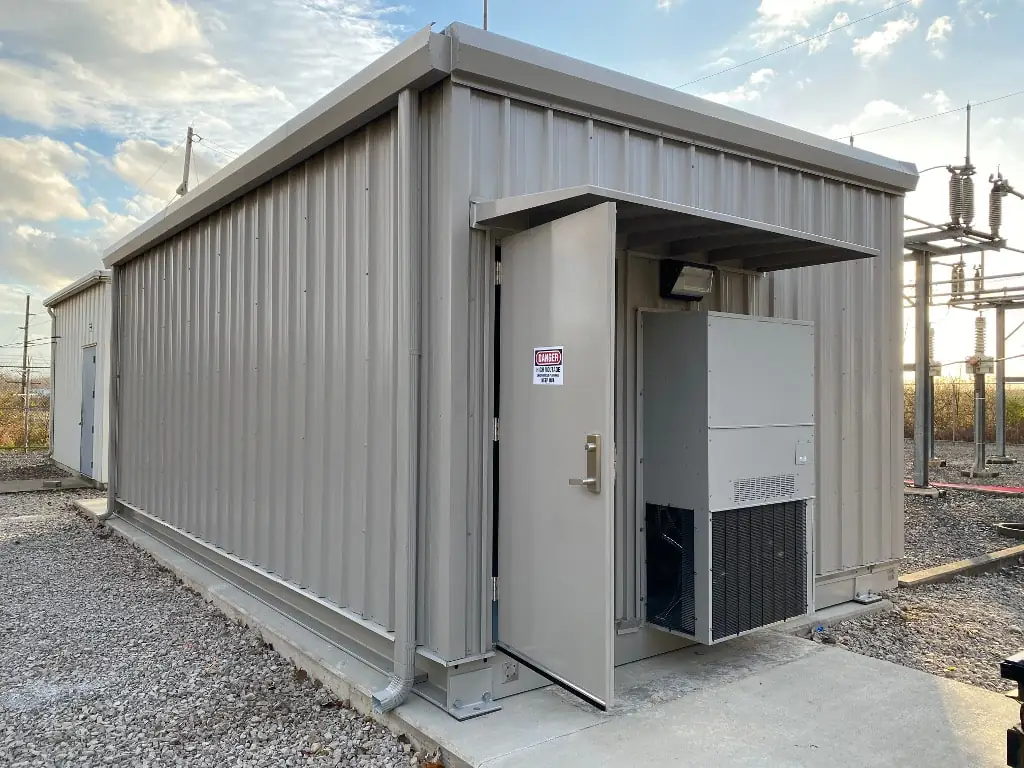
- Packaged in a custom equipment enclosure to meet your exact needs
- All equipment inside is factory installed and wired
- All internal wiring is run in enclosed ducts or conduit for operator safety and a finished look
- Optional aluminum diamond plate provides a safe, long lasting, easy to clean floor
- Complete with internal lighting (AC and/or DC) and convenience receptacles
- Heating and/or cooling units designed for its operating environment
- Optional features such as an eye wash station and smoke detectors Separate rooms when appropriate for the application (transformer compartment, etc.)
- Rugged, durable, weather resistant construction for the world’s harshest environments
- Long life, no maintenance aluminum, insulated walls, and ceiling
- Utility metering compartments can be integrated in the switchgear
Configurable for a wide range of applications:
- Automatic and/or manual generator paralleling switchgear
- AC or DC variable speed motor control
- Power distribution switchgear Side, top, or bottom cable entry and exit
- Power and control quick connect receptacles are available
- Optional site control and monitoring:
- Modbus serial or Ethernet communications
- APTView SCADA & computer systems
- Switchgear Master Control
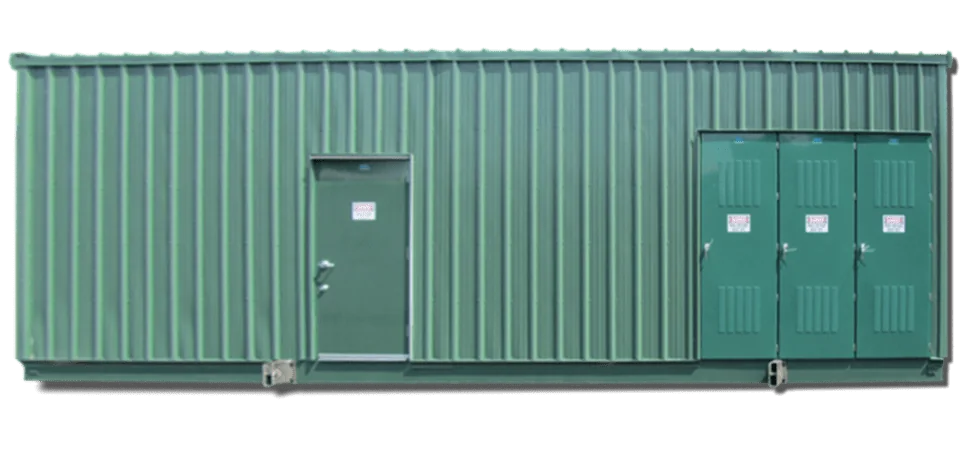
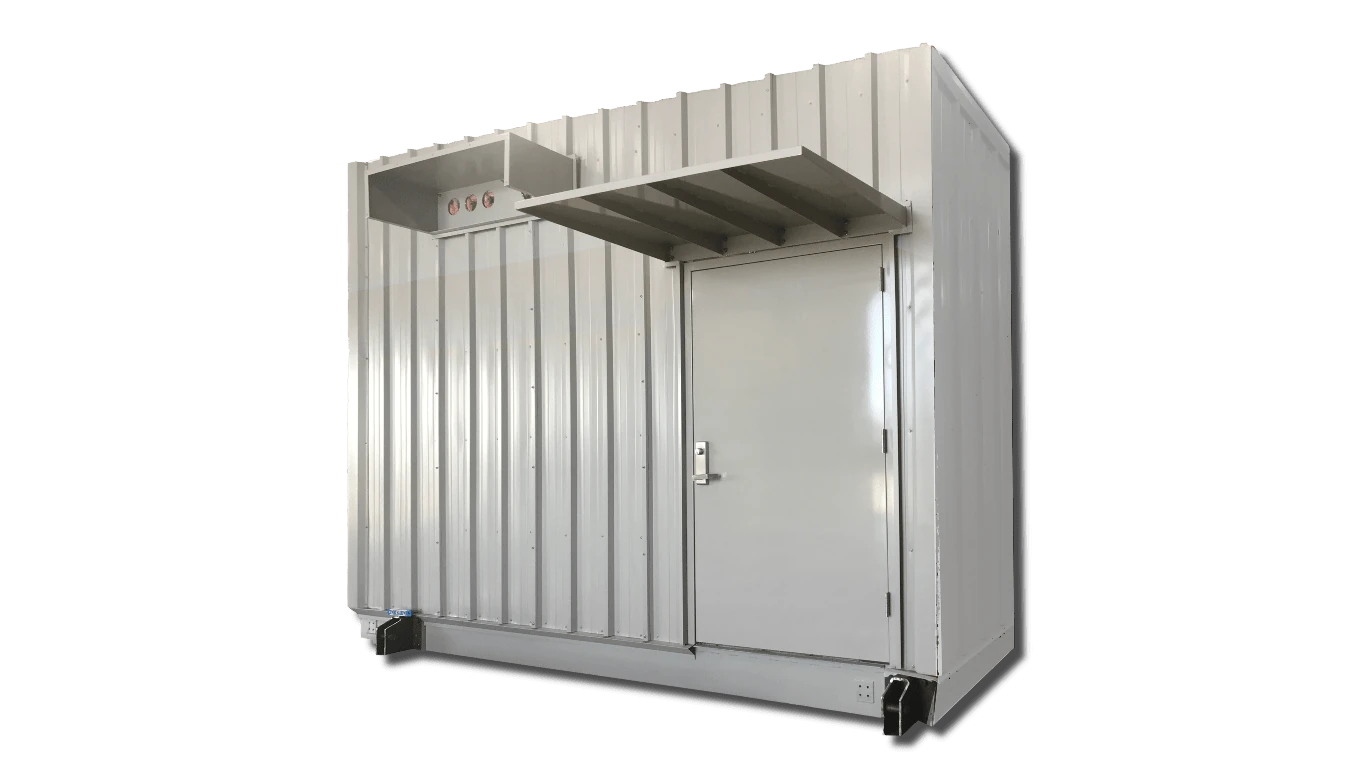
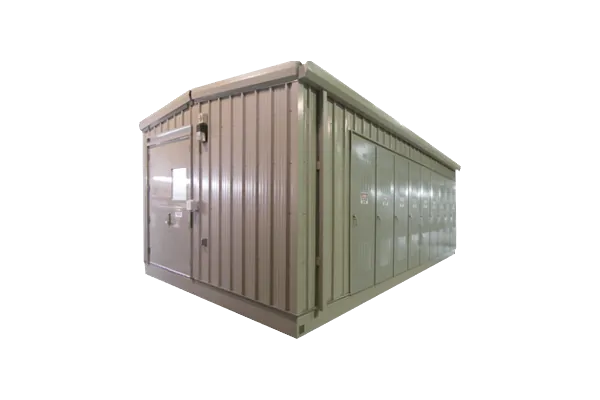
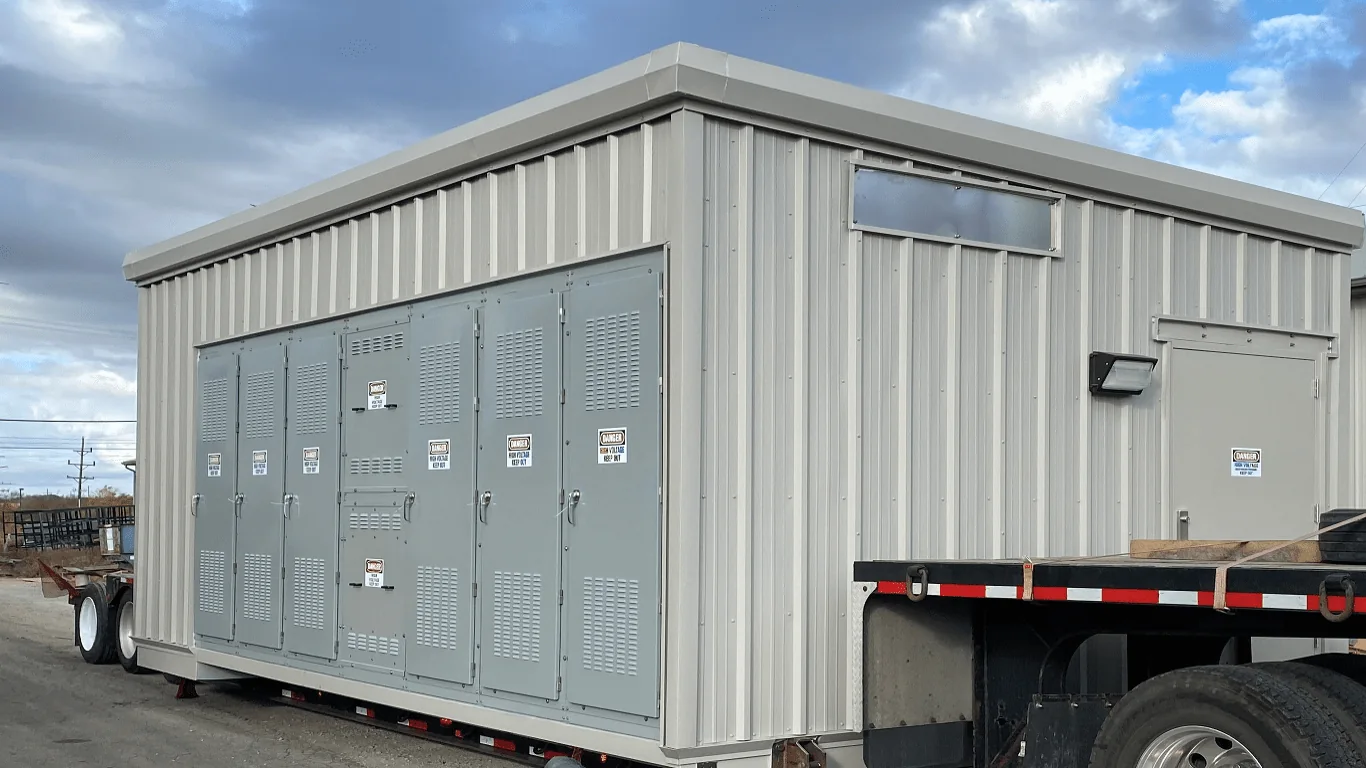
Power Generation: Powerhouses may contain generators or power generation equipment that converts various energy sources into electrical power. Common sources of energy for power generation include fossil fuels (e.g., coal, natural gas, diesel), nuclear energy, hydroelectric power (water turbines), wind turbines, and solar panels.
Power Distribution: Powerhouses are responsible for distributing electrical energy to consumers or various parts of an industrial facility or community. This distribution is achieved through a network of transformers, switchgear, substations, and power lines.
Voltage Transformation: Powerhouses often include transformers to change the voltage levels of electrical energy. High-voltage electricity generated in the power plant is transformed into lower-voltage levels suitable for distribution to homes, businesses, and industrial equipment.
Control and Monitoring: Sophisticated control systems are employed in powerhouses to manage the generation, distribution, and monitoring of electrical power. These systems ensure that power generation is optimized, and electricity is reliably delivered to consumers.
Backup Power: Many powerhouses incorporate backup power sources, such as standby generators or uninterruptible power supplies (UPS), to ensure continuous operation in case of primary power source failures.
Energy Efficiency: Modern powerhouses prioritize energy efficiency and environmental sustainability. Efforts are made to reduce emissions, increase fuel efficiency, and incorporate renewable energy sources to minimize the environmental impact of power generation.
Integration with the Grid: Many powerhouses are interconnected with the larger electrical grid to allow for the import or export of electrical energy as needed. This integration helps balance supply and demand across a wider area
Engineering Bid Specifications
Installation Drawings & Diagrams
Coming Soon!
Applicable Standards:










WE ARE HERE
TO SERVE YOU
We are committed to providing expert support and tailored power solutions. Contact our team today to find the right answers for your words.

